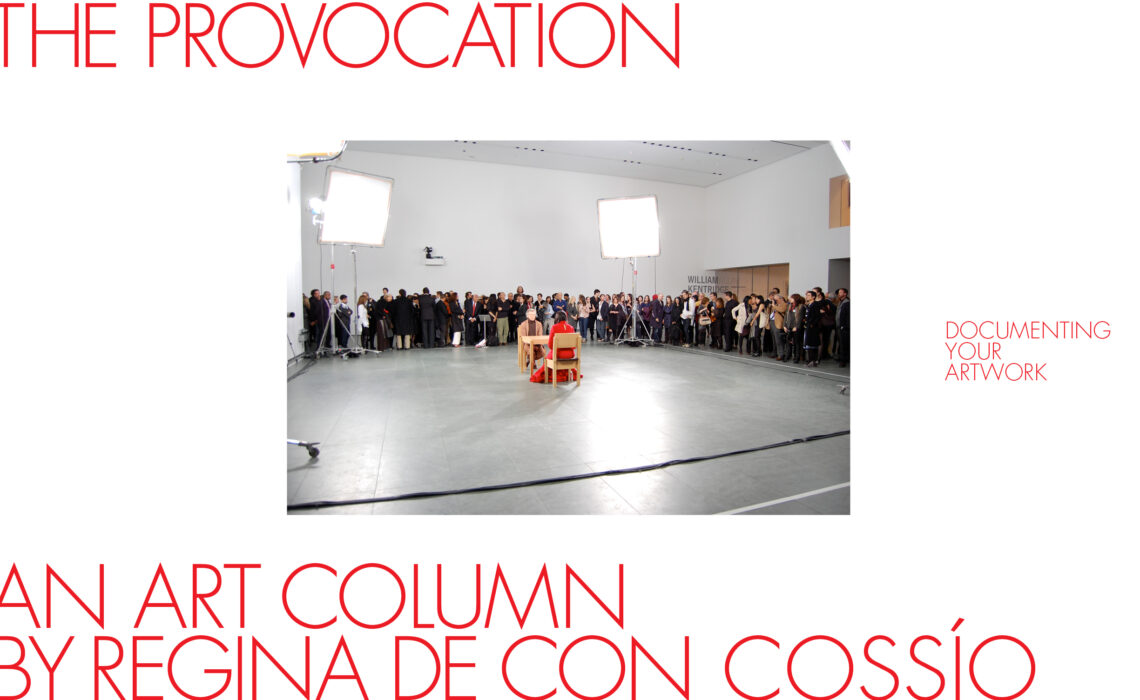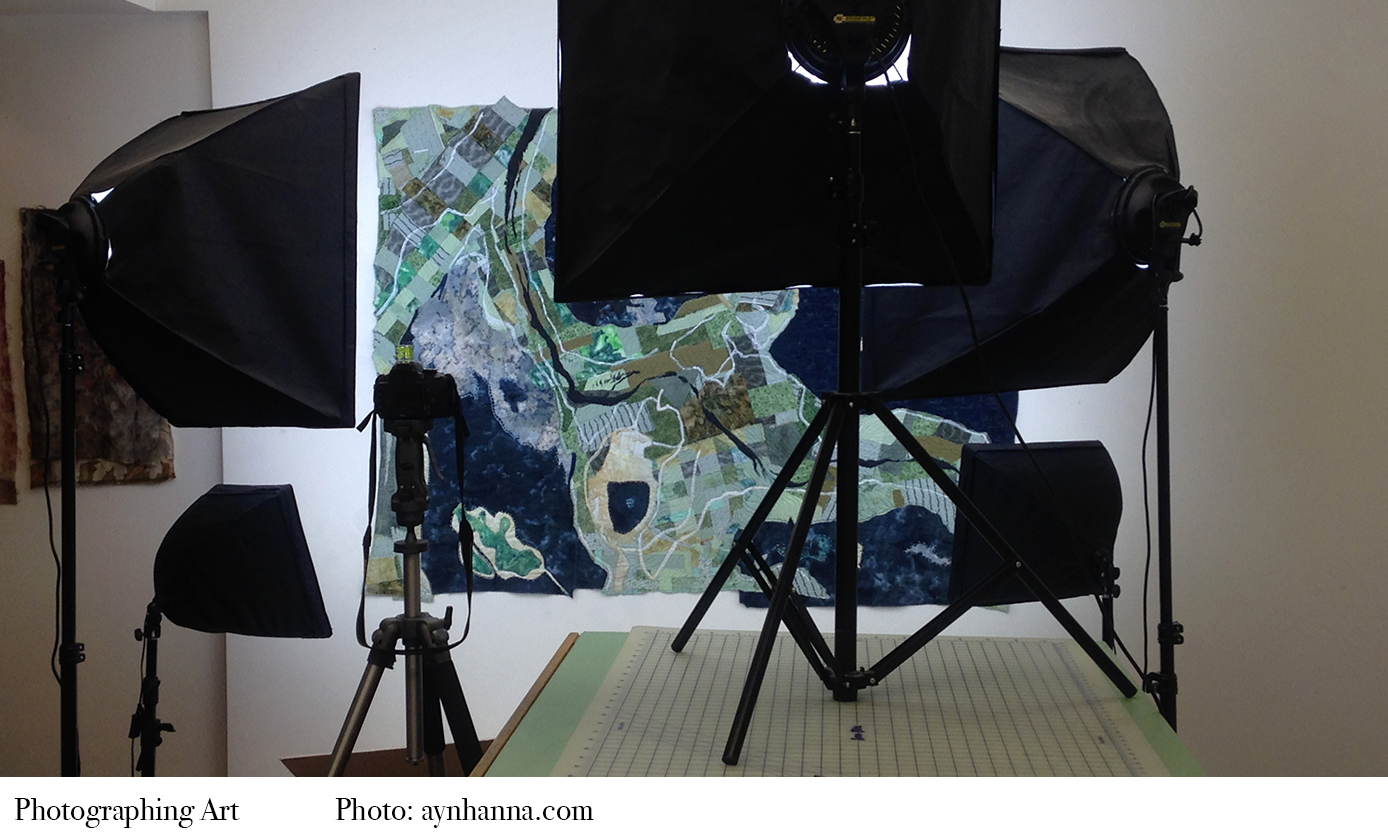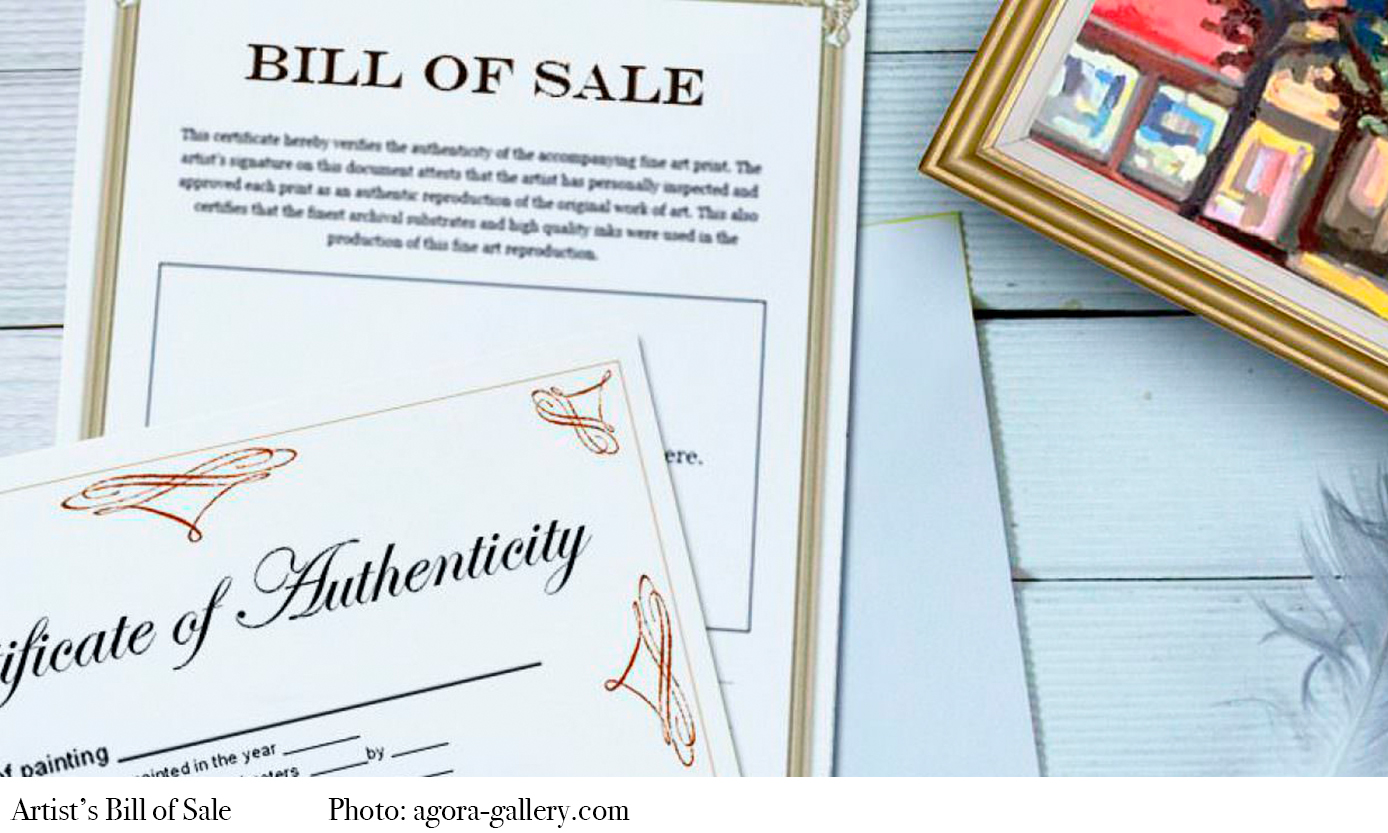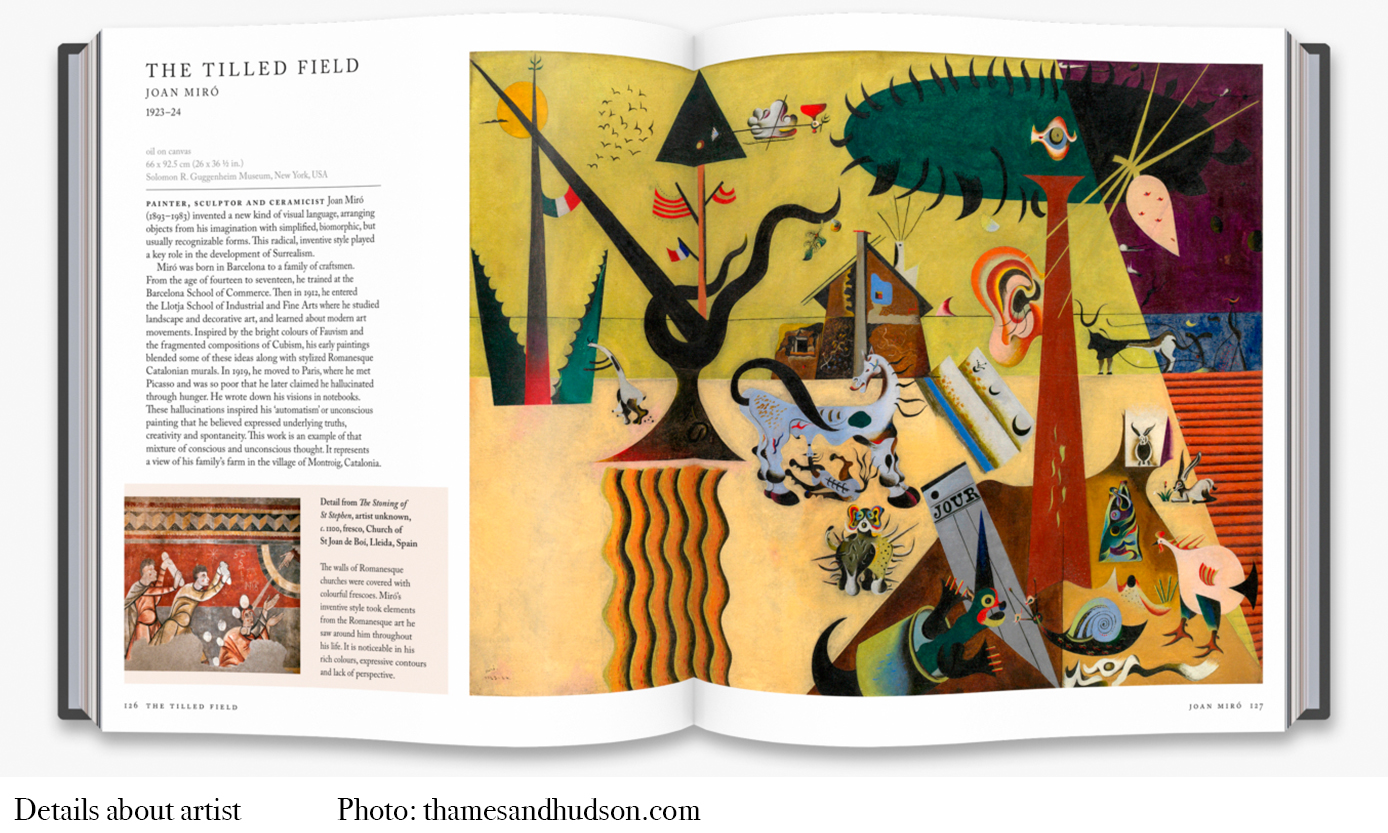
Documenting your Artwork
Photo: Andrew Russeth
By Regina de Con Cossío
When you purchase a few pieces of fine artwork, your first thought is likely “Where shall I place these?” You are excited to showcase your art and begin enjoying it. However, it is important to consider the “what ifs” involved in your (expensive) purchase, and protect your investment. Documenting your artwork is one way to do this, and there are steps you can take to ensure a good start to your art collection.
This process is often overlooked when you have only a handful of pieces, but at some point, you need to be concerned about risk. The Association of Professional Art Advisors (APAA) recommends that once you have a dozen pieces in your collection (at a minimum), you should consider implementing a strategy to organizing and documenting your artwork. These four steps are crucial to having a thorough profile of the art in your collection.
Documenting Your Artwork—Photographs
The most obvious step in the process of documentation is straightforward…take photographs of the artwork in your collection. It is important to take pictures at several angles. Here are some important tools to taking great photos:
Tripod
DSLR camera
Lighting kit
Be sure to use a true white daylight bulb. A dark room allows the same kind of light exposure to all parts of the art. Using an easel for hanging art allows the art to be the focus and provides a clear view of the art’s detail. Take photographs from the front, back, top, and bottom of the artwork. Take particular care to photograph closely any distinctive marks on the artwork.
Documenting Your Artwork—Details
Provide details about the work, including dimensions. For sculpture, this could be a bit of a challenge; however, when combined with extensive pictures, you should be able to provide a good description. Don’t neglect the bottom of the sculpture. Indicate the condition of the artwork, documenting any restoration and cleaning history. Give descriptive information like prominent subject matter, type and genre. Also, make notes about any identifying numbers or markings on the artwork, and be sure to note the correct title and creation date of the artwork. Provide information about the frame itself. How was it framed when it came to you originally and what changes, if any, have been made to it since purchase?
Documenting Your Artwork—Records
Two parts of the records aspect of documenting your artwork are actual paperwork on the art and where to store the paperwork. First, the actual documentation you should maintain includes:
Bills of sale
Artist statements
Appraisals
Condition reports
Major restoration/conservation records
There are several options for maintaining record of your art collection. If you choose, you can keep the record in a safe place like a safe deposit box in your home (fireproof). However, it is commonly recommended that you keep a copy of the information (disk or file) at a location other than your home or office in case of a disaster. Many art collectors choose to provide documentation to their attorneys, estate, or financial planners. This provides the information to a non-heir in case of discord after your passing. Another option is a professional art documentation service. Software like that offered by galleryManager can make documenting your artwork easy, with cloud storage and exportable reports. No matter what you choose, it is an excellent idea to have both a hard and electronic copy of documentation; always allow for changes and additions to be made to your list as your collection grows.
Documenting Your Artwork—Details about the Artist
To help support valuation and provide a complete account of specific pieces of art in your collection, gather as much information about the artists you have collected. Copies of publications related to the artist and stories online and in print are valuable to supporting the artwork. Don’t wait until the artist has passed away and information is hard to find, as some may go out of print, be printed in limited runs to begin with, or otherwise be very difficult or impossible to obtain. If you are lucky enough to meet the artist and get any information directly from him/her, make sure to record this for later review.
Documenting Your Artwork—Reasons
After reading all that is involved in documenting your artwork, you may wonder why these steps are truly necessary, especially when most of your collection is displayed at your home or office. However, you need to understand that this is more than just an assemblage of pretty items to enjoy. Your collection is an asset, and one worth protecting. Your artwork values fluctuate over time, and you will need to update your insurance coverage to reflect this change. Additionally, you may be in the process of estate planning or establishing a foundation or trust, so knowing the details of your collection is an important part of this process for family history and financial planning. Finally, as hard as it is to comprehend, you must be ever-vigilant of loss, either from natural disaster or theft. You cannot replace artwork if you cannot provide details and proof of its existence and value.
If you have accumulated a sizeable collection of art and just now delving into the process of documenting your artwork, you may want to consider professional assistance. Art consultants are available to help with cataloging and creating a digital database of your collection. At Sybaris Collection, we have a network of art professionals who can help you appraise, conserve, and document your art collection. ARTclub opens the door to a wide variety of art services to our premier members.





